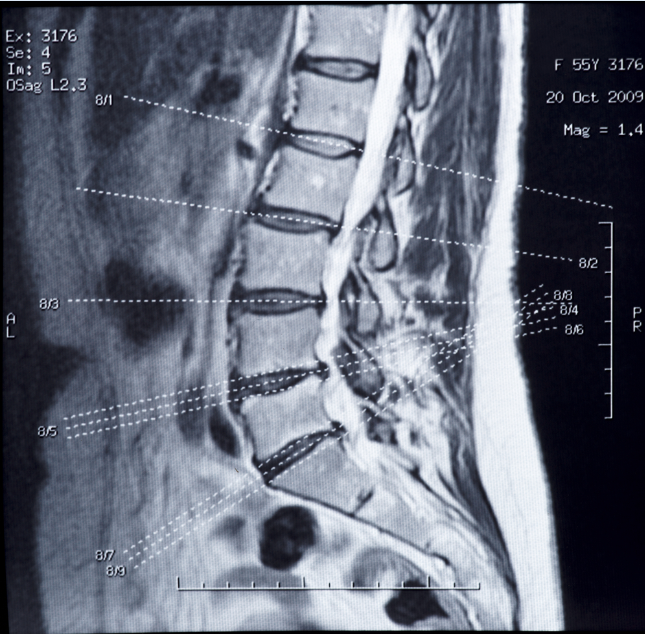- Clinical Technology
- Adult Immunization
- Hepatology
- Pediatric Immunization
- Screening
- Psychiatry
- Allergy
- Women's Health
- Cardiology
- Pediatrics
- Dermatology
- Endocrinology
- Pain Management
- Gastroenterology
- Infectious Disease
- Obesity Medicine
- Rheumatology
- Nephrology
- Neurology
- Pulmonology
Pain Problems x3: Your Solutions?
Opioids, imaging, and constipation-try this trio of questions on issues related to pain management.
©Kondor83/Shutterstock

1. Which of the following statements best describes the current state of knowledge on the use of opioid analgesics for the management of chronic (noncancer) pain:
A. There is extensive research supporting their use.
B. There is a moderate amount of research that indicates they are beneficial for this condition.
C. There is extensive research indicating that they provide little benefit for this condition.
D. Virtually no controlled studies have been performed on the use of opioid analgesics for chronic pain.
Please click here for answer, discussion, and new question.
Answer: D. Virtually no controlled studies have been performed on the use of opioid analgesics for chronic pain.
A review of the current literature on the use of opioids for chronic pain issued by the federal Agency for Healthcare Research and Quality was unable to identify any studies supporting the use of opioids for chronic pain, defined as pain of >3 months duration, nor any controlled studies on their efficacy for this purpose.
2. A 70-year-old woman reports recent onset of low back pain and recalls that it began after she moved furniture in her apartment while cleaning approximately 2 weeks ago. She reported that she had similar pain years ago that resolved on its own but says the current pain is worse. A friend told her she probably needs to have an MRI study done because it sounds like she has a “slipped disk.” She asks you if you’re going to order the test to identify the cause of the pain.
All but which of the following would be an indication of a possible serious underlying etiology for low back pain that would warrant a workup at this time:
A. Accompanying changes in bowel or bladder function.
B. The pain is worse when lying down.
C. The patient is 65 years or older.
D. Unexplained weight loss.
Please click here for answer, discussion, and new question.
Answer: C. The patient is 65 years or older.
Although serious disease processes that cause low back pain are more likely to occur in older patients, age itself in absence of other red flags is not an indication for an extensive workup-especially if the patient had similar symptoms in the past. The others are all red flags for low back pain indicating the possibility of serious pathology and warrant a workup.
3. A 50-year-old man in whom a lymphoma was recently diagnosed is about to begin chemotherapy and you initiate oxycodone for the pain.
Which of the following would be the best approach regarding opioid-induced constipation?
A. Wait until the patient complains of constipation before starting treatment for it.
B. Initiate prophylactic treatment with a stool softener such as docusate sodium and add a large-bowel stimulant such as senna if constipation begins.
C. Initiate prophylactic treatment with a bulk laxative such as Metamucil.
D. Even if opioid-induced constipation develops, it is not worth treating because it is almost always a transient problem that resolves by itself.
Please click here for answer and discussion.
Answer: B. Initiate prophylactic treatment with a stool softener such as docusate sodium and add a large-bowel stimulant such as senna if constipation begins.
Opioid-induced constipation is very common among patients taking opioid analgesics for more than a few days, occurring in 25% to 50% of patients, and should be treated prophylactically. Stool softeners and large-bowel stimulants are best for this because the bulk laxatives are often ineffective and may actually exacerbate the problem. Once constipation occurs, the problem usually continues to worsen if not addressed and rarely resolves by itself.
References:
Chou R, Deyo R, Devine B, et al. The effectiveness and risks of long-term opioid treatment for chronic pain. Evidence Report/Technology Assessment No. 18. Agency for Healthcare Research and Quality; September 2014.
